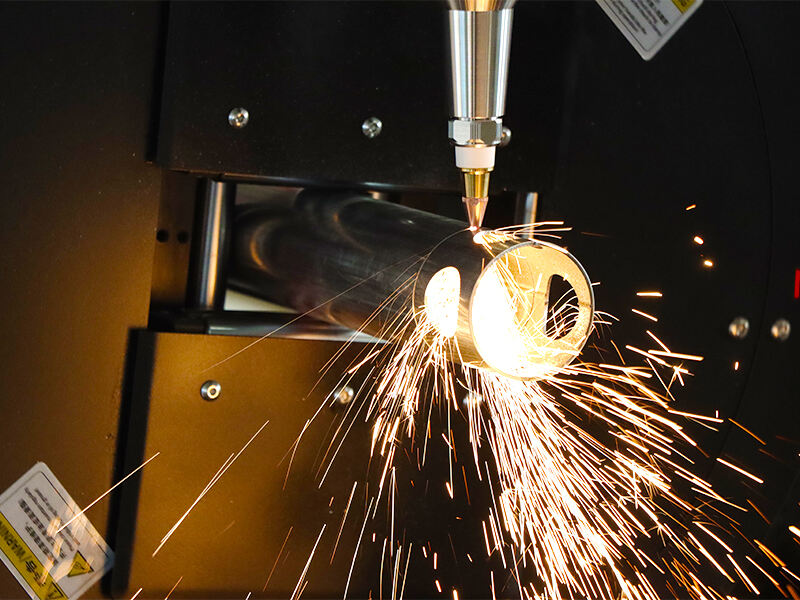The introduction of fiber laser technology is reshaping the cutting of metals in manufacturing. Due to exceptional accuracy and adaptability, fiber lasers are quickly becoming the most requested tool in metal fabrication. This article looks into the increased adoption of fiber lasers and how they are changing metal cutting.
The Rise of Fiber Laser Technology
A solid-state laser is produced with the help of fiber-optic mediums, and this is the basis of fiber lasers. Unlike the traditional CO2 lasers, this type of laser is cheaper in running costs and more efficient, offering greater productivity. Due to laser's precise cutting and low distortion of materials, it is becoming popular in high volume productions and in the carving of detailed designs.
Benefits of Fiber Lasers in Metal Cutting
First and foremost, the advantages of fiber lasers, include having better beam quality than other lasers, yielding improved cutting edges and minimizing the area of heat damage. This level of precision is especially necessary for businesses in the automotive and aerospace industries. In addition, fiber lasers outperform older methods in terms of speed, which greatly boosts throughput. Equally important is the fact that energy consumption is lower with fiber lasers, which also is greatly appreciated in the field of green manufacturing.
Utility in Different Industries
They also specialize in other services besides metal cutting. Fiber lasers can serve the needs of other industries such as electronics and medicine by working with other materials like plastics and composites. This is especially important with the growing tendency of companies to diversify their portfolios. In addition to previously mentioned benefits, fiber lasers’ combination with automation and robotics further enhances the efficacy of operations.
Cost-Effectiveness and Maintenance
Traditional systems might seem to be more cost efficient at first, but fiber laser technology offers substantial savings over time. Low operational costs, reduced maintenance, along with reduced downtime, all contribute to a favorable ROI. Because fiber lasers do not use moving parts, their robust construction ensures consistent operational performance. Reduced moving parts and construction that minimizes wear and tear ensures resilience, making fiber lasers cost efficient over time.
Industry Trends and Future Outlook
With expanding use of laser systems to cut metals with precision, fiber laser technology will be adopted quicker. There is a focus, also, on increased automation and smart manufacturing, with fiber lasers at the center of it all. Other technological integration, like AI and the Internet of Things, will also be seamlessly integrated with fiber laser systems, making it possible to cut in real time. Fiber lasers will transform manufacturing processes by making them efficient. With the rapid technological evolution, fiber lasers will transform the demand for the metal cutting industry by making processes more efficient, sustainable, and adaptable.
To sum up, fiber lasers are already spearheading advancements in technology, leading the future of metal cutting. They are unrivaled in consideration of precision, efficiency, and versatility, which enhance modern manufacturing. Innovation and high fiber lasers, alongside industry evolution, will change and provide essential tools in navigating the needs of the fast-paced industry.

